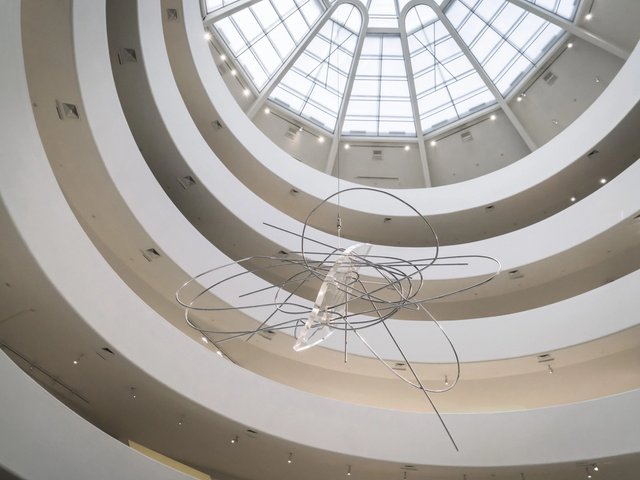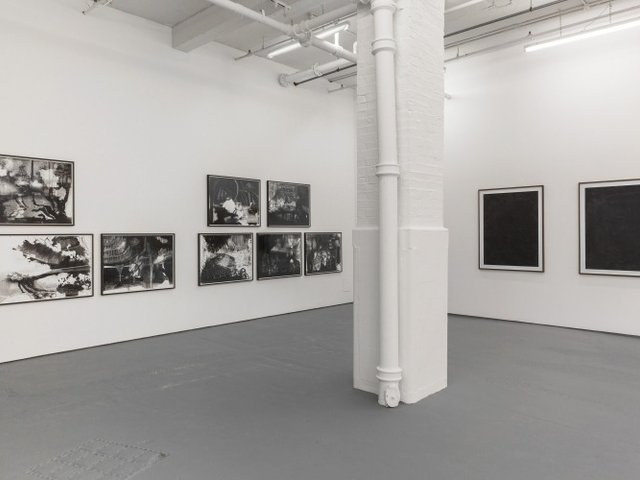The second wife of the Hungarian-born Bauhaus artist László Moholy-Nagy (1895-1946), Sibyl, wrote that her husband used their kitchen oven to heat sheets of plastic so they would bend and distort light better. So was he also responsible for the bubbles in some of his Plexiglas works—or were they just flaws in the manufacturing process that he used in his explorations of light, reflection and transparency?
This was one of the questions conservators from the Solomon R. Guggenheim Museum in New York hoped to answer when they teamed up with Northwestern University and the Art Institute of Chicago’s Center for Scientific Study in the Arts (Nu-Access) to investigate the Moholy works in the Guggenheim’s collection ahead of the museum’s major exhibition, Moholy-Nagy: Future Present (until 7 September).
The team,working with plastics experts, analysed the artist’s works painted on flawed Plexiglas, such as Papmac (1943). “We considered whether it would have been possible for Moholy to induce the observed flaws with heat, solvent or monomer, and ultimately concluded that the only possible way such bubbles and tide lines could have formed was by overheating during the polymerisation and casting of the plastic during manufacture,” says Julie Barten, the Guggenheim’s senior curator of collections and exhibitions. The works were created “during the war years”, in the 1930s and 1940s, when resources were scarce, so it seems “likely that Moholy would have embraced factory discards that served his interest in modulating light and shadow in such fascinating ways”.
The project, funded by the Andrew W. Mellon Foundation, aimed to learn more about Moholy’s materials so the Guggenheim could devise the appropriate conservation treatments. They discovered that the type of plastic had been misidentified in some works. For example, Tp2 (1930) is painted on Trolit (cellulose nitrate), not Bakelite (phenol formaldehyde). This is vital information as different plastics have different storage, display and treatment needs.
Barten encourages institutions to study their Moholy works under the microscope as many “have quite complex and intricate structures, which are important to understand before embarking on any treatment”.



